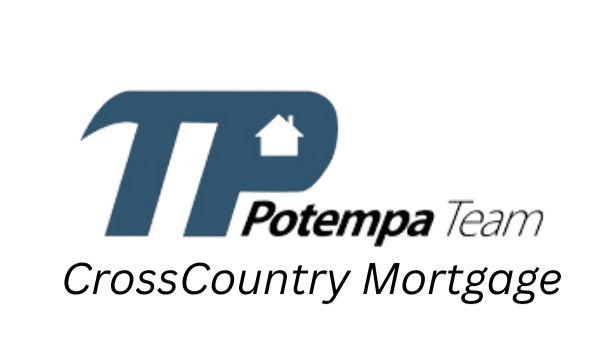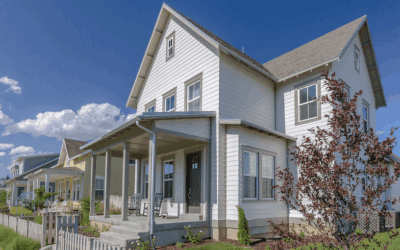Buying your first home after having spent time as a tenant renting from a landlord is one of the most liberating experiences of your life. The ability to come home to your own personal dwelling without the concern of maintenance knocking on the door or dealing with other nearby tenants.
When you’re preparing for the end of your upcoming lease, you’re in the best position when it comes to being ready to buy a home. You’ll have extra time to crunch the numbers and see where you sit financially, including your credit report and ability to save.
What To Look For When You’re Reviewing Your Credit
Unless you’ve come into a large sum of money through a business venture or inheritance, you’re going to need a mortgage of some kind in order to afford a home. As with any lending vehicle, you’ll need to have a proven track record of timely payments on other financial obligations, aka your credit report.
Starting With Your Credit Score
The three credit bureaus your score and history can be pulled from are Experian, Equifax and TransUnion which all allow for a free request every year. Checking your credit at least six months prior to shopping around for a mortgage is crucial in case there are negative remarks that need remedied.
Applicants with a higher credit score are able to secure loans more easily and with better interest rates. Depending on the lender, the minimum credit score you’ll need is between 590-650.
Next Is Your Debt-to-Income Ratio
A debt-to-income ratio, or DTI ration, is how much of your monthly income is allocated for repaying other debts such as credit cards, student loans and car payments. The reason this is so important is that lenders want to see that you aren’t overburdened with payments prior to adding on a new mortgage.
A good rule of thumb is to have your DTI ratio between 35-40% to make lenders more comfortable. If you aren’t able to achieve this through paying off debts early you may be able to provide a larger down payment to help lower your monthly mortgage payment.
Now to Step Back and Look at Your Current Financials
Understanding how much you have access to in regards to liquid funds will help you decide on what kind of mortgage to pursue. Even if you don’t have a large savings now, how much could you save in the next 6-12 months while you finish your rental term?
It’s All About Saving For Down Payments and Closing Costs
Depending on the type of mortgage program you choose to go with, you’ll most likely need to provide a down payment ranging from 3-5% for conventional mortgages. An example would be a $400,000 home requiring anywhere from $12,000 to $20,000 for the down payment.
If you qualify for a VA or USDA loan, you’ll be happy to hear that the down payment is actually waived for these options. This doesn’t mean there won’t be any out of pocket expenses as you’ll still have to cover closing costs and possibly start up private mortgage insurance.
Find a Mortgage That Fits Your Budget
Once you understand your credit strength and current financial standing, it’s time to start working with a mortgage company and figure out which program is best for you. We encourage you to reach out to the Potempa Team for a quick and free consultation to get the process started with no obligation.
Already feeling confident in what you want? Get pre-approved directly from our website!





